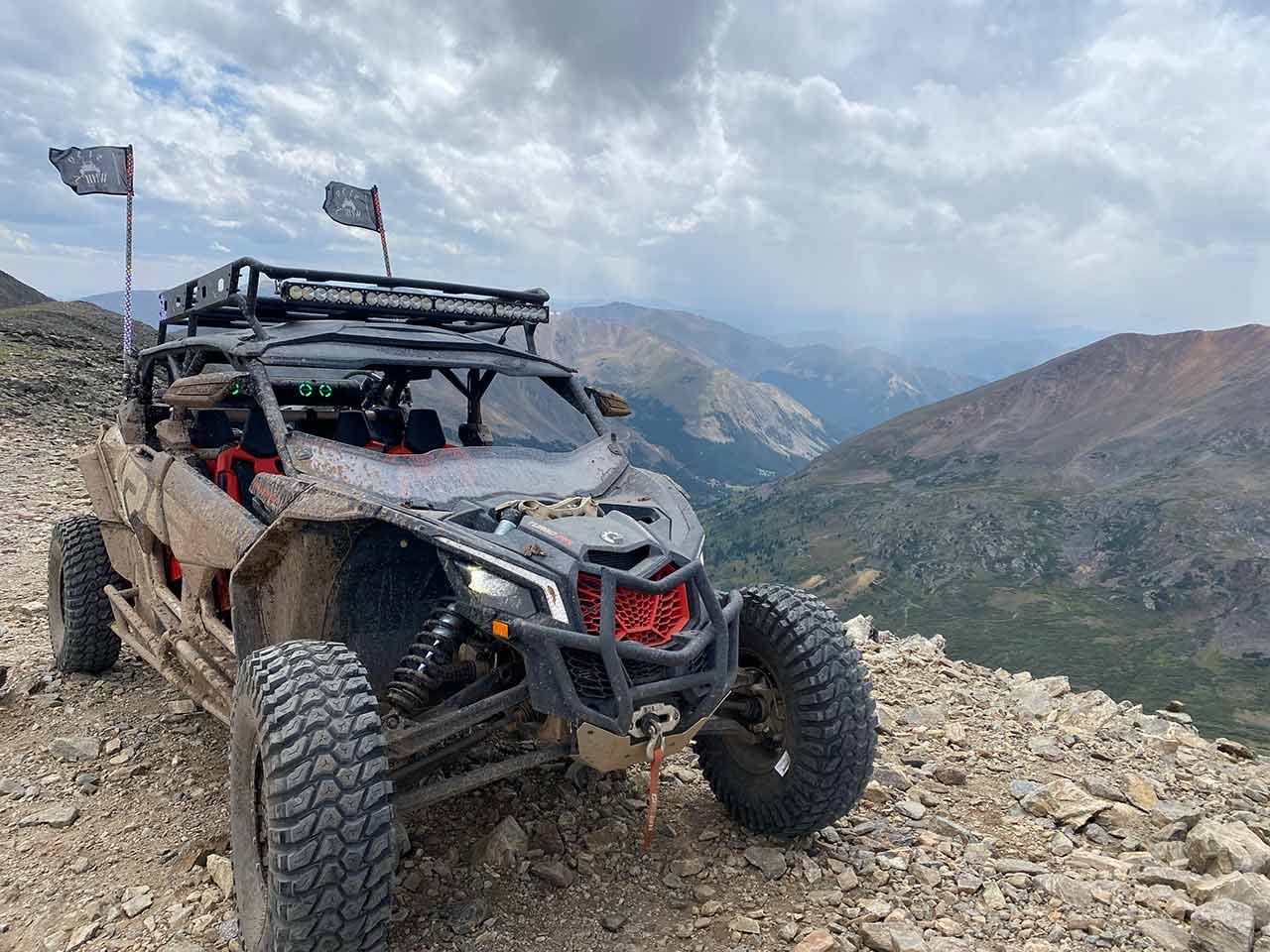High-altitude riding poses unique challenges for UTV owners. It’s crucial to understand how thinner air impacts engine performance, how to conquer steep grades, and why proper preparation matters. By gaining foundational knowledge early, you’ll have the confidence to tackle mountain trails and fully enjoy your off-road adventures.

Understanding Basic High-Altitude UTV Riding
High-altitude UTV riding involves coping with reduced oxygen levels and steeper terrain, making it especially important to adjust your driving style and vehicle setup. You may experience power loss, need special tuning considerations, or encounter rapidly changing weather conditions. For more details and introductory information on UTV high altitude riding, explore Side by Side Fury’s resources.
- Reduced Engine Performance: As altitude increases, air density decreases. This thinner air can cause your engine to run rich, reduce horsepower, and affect acceleration. It’s essential to monitor engine performance and tune accordingly for smooth operation.
- Thinner Air Impact on Fuel Mixture: Modern UTVs have fuel injection systems that compensate somewhat for altitude, but you may still notice sluggish performance. If you’re driving a carbureted model, adjusting your jets or upgrading to an EFI system can improve efficiency in the mountains.
- Steep Terrain Navigation: Steep grades require disciplined throttle control, proper use of engine braking, and awareness of the trail. Maintaining traction on rugged hillsides is vital. Test your UTV on gentler slopes first before tackling advanced mountain terrain.
Key Concepts and Essential Information for High-Altitude UTV Riding
Below are some critical elements to ensure a safe and enjoyable experience. For additional learning resources on UTV mountain riding, check out Side by Side Fury’s guides.
- Air-Fuel Ratio Tuning – At higher elevations, your UTV’s engine might struggle with too much fuel in relation to the available air. Tuning or re-mapping your fuel injection can help optimize performance.
- Monitoring Tire Pressure – Proper tire pressure is crucial when riding on thin air and uneven mountain terrain. Adjust tire pressure for improved traction and stability, but avoid over-inflating, which can reduce grip on rocky or loose surfaces.
- Using Engine Braking – Engine braking is particularly helpful when descending steep grades. Downshift to low gear and allow the engine to slow the vehicle naturally, conserving brake pads and maintaining better control.
- Preparing for Rapid Weather Changes – Higher altitudes often mean quick shifts in weather. Carry extra layers, rain gear, and essential supplies. Use a well-maintained windshield or roof to protect against sudden temperature drops or precipitation.
Getting Started with High-Altitude UTV Riding: A Beginner’s Guide
If you’re new to UTV mountain riding, these basic steps will help you learn the fundamentals and make informed decisions. Discover more beginner UTV riding resources for in-depth advice and step-by-step articles.
- Start with Moderate Elevations – Begin riding at medium altitudes to familiarize yourself with your UTV’s performance changes. Practice gradually increasing the elevation as you gain confidence.
- Maintain a Preventive Maintenance Schedule – Change your oil regularly and inspect critical components such as belts, spark plugs, and air filters. High-altitude riding can be tough on machines, so address any issues before they become major problems.
- Watch Your Engine Temperature – Uphill climbs strain your UTV and can cause the engine to heat quickly. Monitor temperature gauges to avoid overheating. If you see rising temps, take breaks and let the engine cool.
Developing Safe Practices and Essential Habits for High-Altitude UTV Riding
Safety is paramount when tackling thin air and steep terrain. Always use proper safety gear, including helmets, gloves, and goggles. Keep a well-stocked emergency kit with tools, tire repair items, and basic first aid. Ride with a partner or group whenever possible, and stay on designated trails to protect the environment and reduce the risk of accidents.
Seeking Further Knowledge and Professional Guidance on High-Altitude UTV Riding
If you’re unsure about tuning, modifications, or advanced techniques, consider seeking out professional UTV guidance. Experts can tailor solutions to your specific machine and riding style.
Disclaimer: The information in this article is for general guidance. Always consult your UTV’s manual and qualified professionals for advice specific to your model, modifications, and riding conditions.
Key Takeaways for New UTV Owners
- High-altitude UTV riding demands adaptations for thinner air and steep grades.
- Proper engine tuning, tire pressure management, and careful throttle control are essential.
- Develop safe habits, understand your UTV’s limits, and maintain a preventive approach.
- Seek professional help if you encounter persistent performance issues or require specialized modifications.
By prioritizing these foundational tips, you’ll be prepared to handle the challenges and reap the rewards of exploring breathtaking mountain trails in your UTV.
